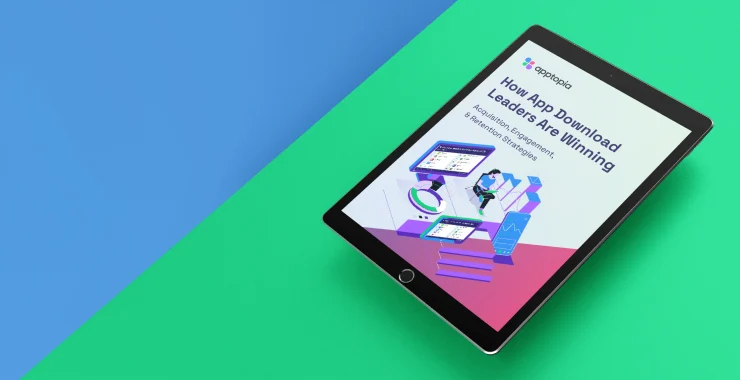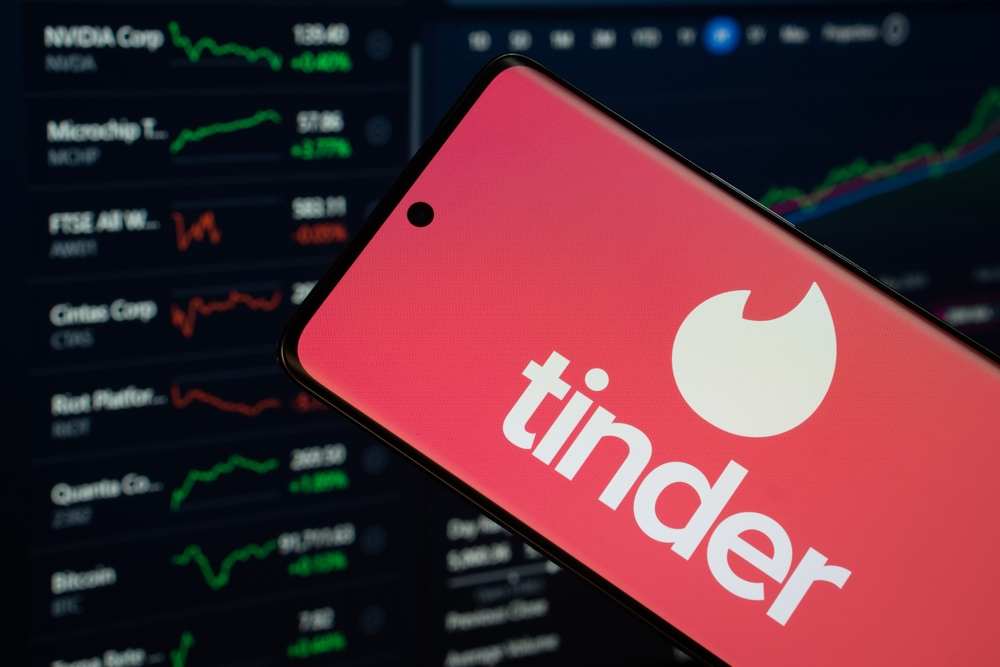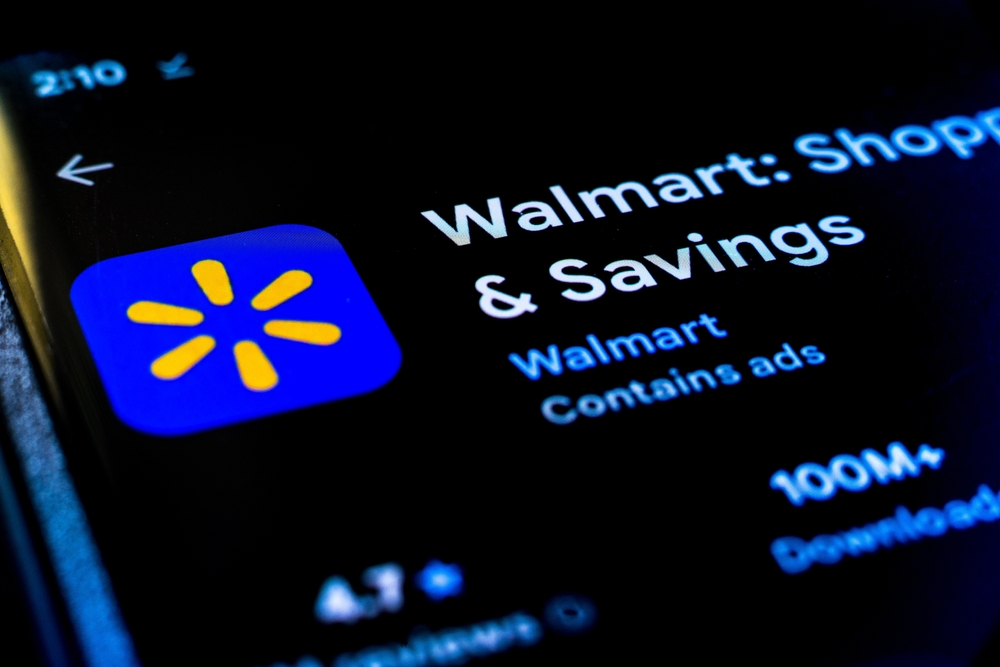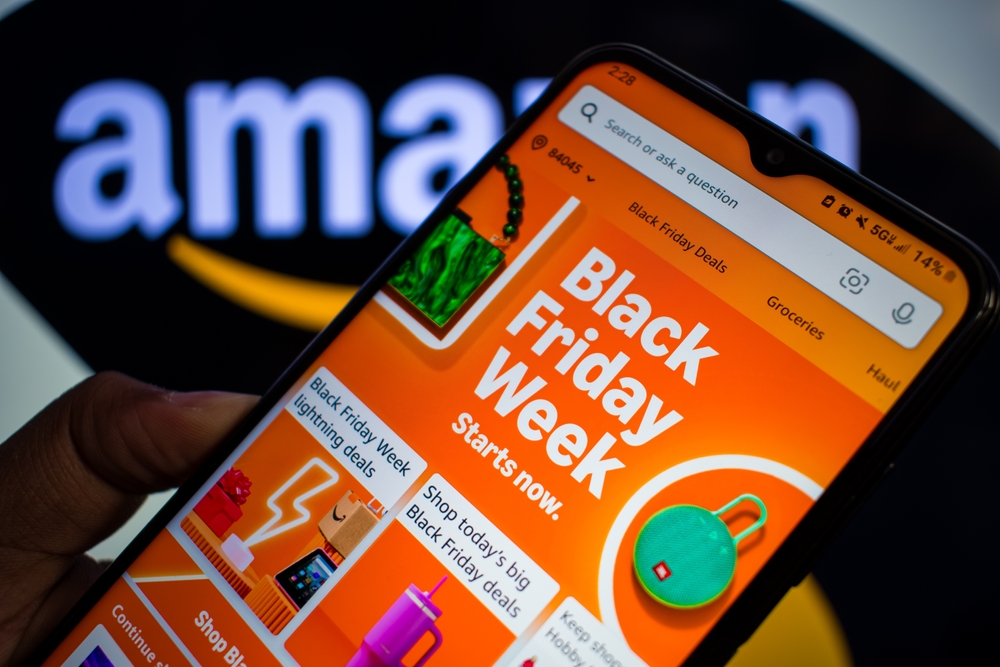What does it take to be a Download Leader? As many of you know, Apptopia has been releasing full year scoreboards of user acquisition winners for the past six years. Now, For the first time, we’ve broken down the growth, engagement, and retention strategies behind these top apps.
App marketers reading this report will be able to see real examples of campaigns and performance results, including how competitor activity compared. Analyzing the leaders across app categories, we identified 5 popular strategies used in 2022 that remain prevalent today:
1. Playing offense with app store search ads
2. Curating the right ad network mix
3. Acquiring quality users into your loyalty & rewards program
4. Teaming up with another brand to unlock new fans
5. Ushering users into a core loop
If you haven’t already downloaded the report, here’s a quick look at some of the information provided in the third strategy, acquiring quality users into your loyalty & rewards program.
In the first half of 2022, the macroeconomic environment increased consumer interest in coupons, while the post-IDFA pinch on consumer data increased apps’ desire for richer customer data. A boom of Loyalty & Rewards programs resulted, with metadata updates including the word “rewards” increasing 12% year-over-year in Q2 2022, more than any other quarter.
Amid clamoring competition for consumer loyalty, what works? Our analysis found experiential rewards correlated with increased engagement beyond the campaign itself, while transactional rewards, such as freebies, saw a quick pop and drop. Experiential rewards create a deeper relationship with fans (retention), while transactional rewards are, well, transactional.
What are some experiential loyalty program strategies? Glad you asked:
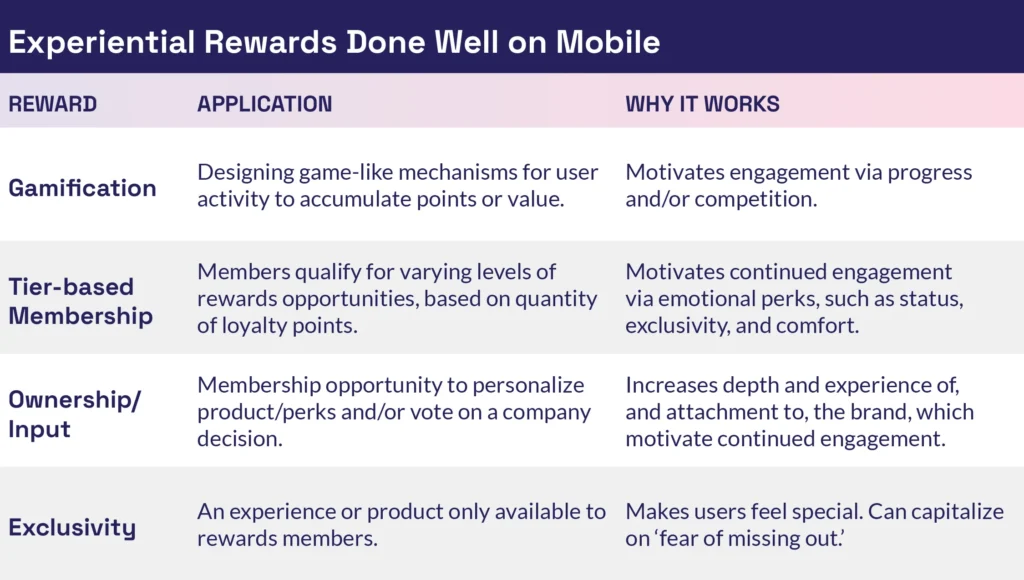
The featured case studies show how each strategy is applied in practice and the results. For example, Taco Bell using exclusivity to increase engagement 14%.
Taco Bell stood out on the 10 Most Downloaded Food & Drink apps chart for its +32% year-over-year growth in the U.S., which was second only to McDonald’s. Like McDonald’s, Taco Bell ran continuous, creative customer engagement campaigns. When it launched the return of its beloved Mexican Pizza, Taco Bell let rewards members access the menu item two days before the general public. Rather than give rewards members the Mexican Pizza for free, Taco Bell was offering exclusive access as the reward.
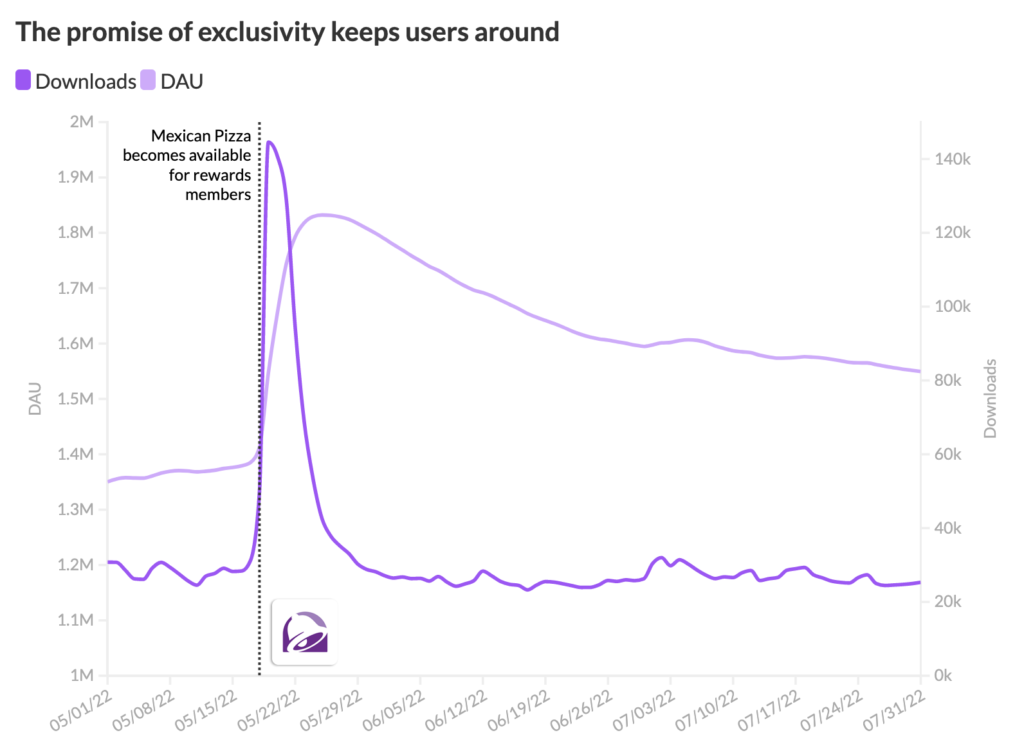
Downloads on the day of release were 424% higher than the average of the past 30 days. This is in line with the results of a transactional reward – or free product – promotion, which we show on the next page. However, the difference is seen in the engagement. About 90 days later, DAU was up 14% from pre-promotion levels. Positive reviews also increased by 70% in May, from April, as “Mexican Pizza” became the 4th most used keyword with a Positive Sentiment score attached.
No matter your industry, you can learn from the data stories included. While they may have different value props, the mechanics and the way consumers behave are often very similar across mobile apps.
